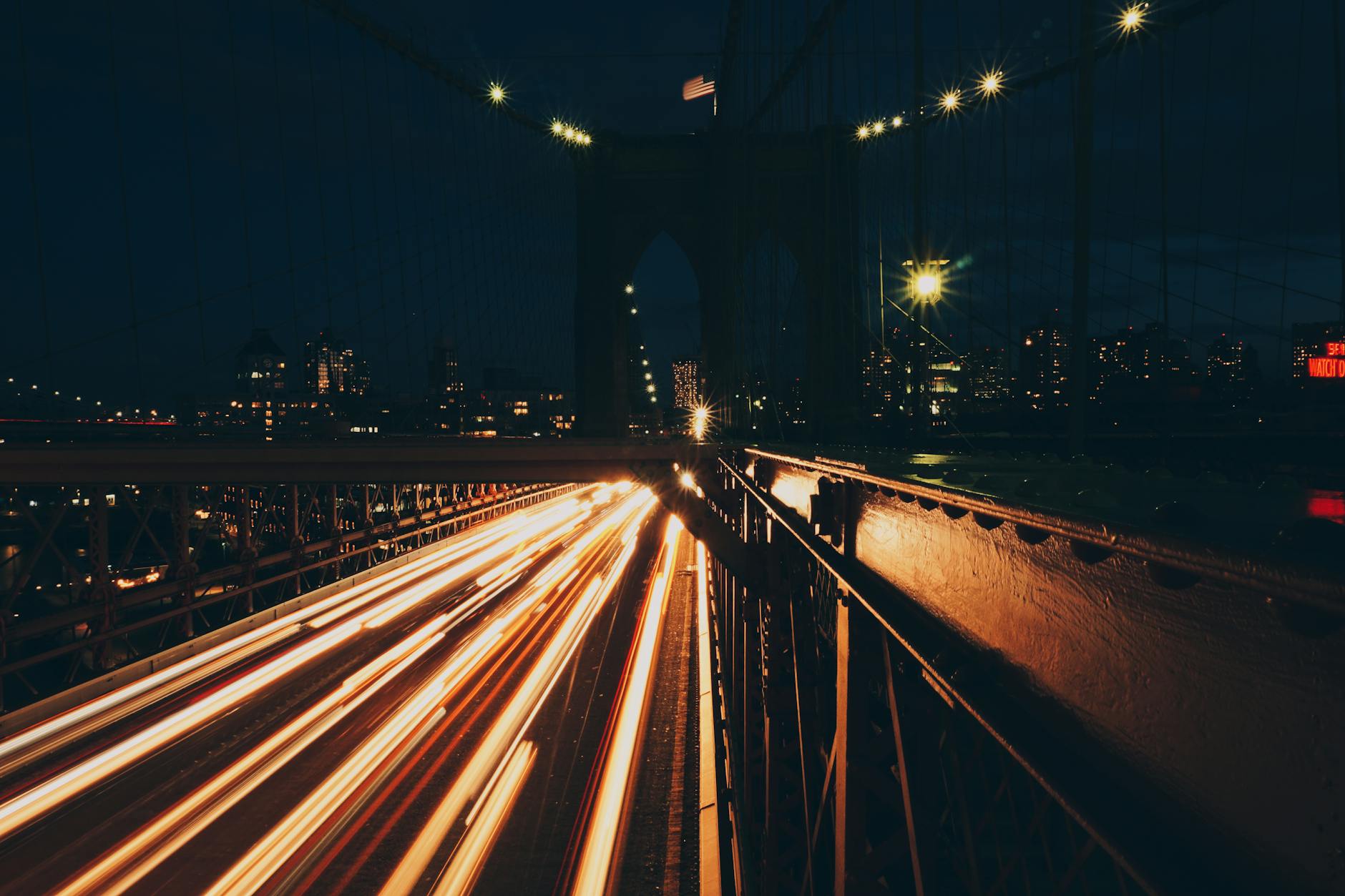“`html
NYC’s New 15 MPH E-Bike Speed Limit: Will It Work?
New York City is no stranger to traffic chaos, but the latest move by Mayor Eric Adams has sparked a fresh debate. The city just slashed the speed limit for e-bikes, electric scooters, and pedal-assist commercial bicycles to 15 mph—down from the previous 25 mph cap. The goal? To curb reckless riding and protect pedestrians. But with delivery riders zipping through crowded streets and commuters relying on e-bikes for fast travel, many are skeptical. Will this change actually make a difference, or is it just another unenforceable rule in a city that never slows down?
Why NYC Implemented a 15 MPH Speed Limit for E-Bikes
Rising Accidents and Safety Concerns
The push for stricter e-bike regulations didn’t come out of nowhere. In 2022 alone, e-bikes and scooters were involved in over 500 crashes in NYC, with fatalities doubling compared to previous years. Pedestrians, especially seniors, have voiced fears about near-misses with silent, speeding e-bikes weaving through crosswalks. “It’s like playing Frogger just to cross the street,” one Upper West Side resident grumbled.
Mayor Eric Adams’ Announcement
Adams framed the new limit as a “common-sense” measure to balance mobility and safety. “We can’t let the convenience of a few put the many at risk,” he said during the policy rollout. The city hopes the lower speed will reduce collision severity and give pedestrians—and slower cyclists—a fighting chance.
How the New Speed Limit Works
Which Vehicles Are Affected?
The 15 mph cap applies to:
- Throttle-operated e-bikes (Class 2)
- Electric scooters (e.g., Lime, Bird)
- Pedal-assist cargo bikes used for deliveries
Traditional bicycles and Class 1 e-bikes (which assist only up to 20 mph) are exempt, but the line between classes is blurry—a headache for enforcement.
Enforcement Mechanisms
Here’s the catch: NYPD admits it lacks the resources to consistently monitor speeds. Instead, they’ll rely on sporadic crackdowns and complaints. Violations could mean $50–$200 fines, but with no universal speed governors on bikes, proving offenses won’t be easy.
Public Reaction: Support and Criticism
Supporters’ Perspective
Safety advocates applaud the move. “Even a 5 mph reduction can mean the difference between a bruise and a broken bone,” argues a spokesperson for Transportation Alternatives. Parents and seniors, in particular, feel relief—imagine a delivery e-bike barreling down a sidewalk at 25 mph versus 15.
Critics’ Doubts
Opponents call it a Band-Aid solution. “You might as well ban rain for being wet,” scoffed one delivery rider. Many argue that without dedicated bike lanes or rider education, speed limits alone won’t stop reckless behavior. Others note that 15 mph is slower than some conventional bikes—hardly an incentive for riders to comply.
Comparing E-Bike Speed Limits to Other Cities
NYC’s 15 mph limit sits between extremes. St. Augustine, Florida, mandates a glacial 10 mph for e-bikes, while European cities like Amsterdam allow 18 mph for pedal-assist models. Even in the U.S., states like California permit 28 mph on certain e-bikes. NYC’s compromise tries to split the difference—but will it satisfy anyone?
E-Bikes vs. Other Commuting Options
Travel Time Comparison: E-Bikes vs. Regular Bikes
A 15 mph e-bike is barely faster than a fit cyclist on a traditional bike (avg. 12–14 mph). For delivery workers racing the clock, this could mean fewer trips—and smaller paychecks.
E-Bikes vs. Gas Scooters
Gas scooters can hit 30+ mph, but they’re louder, pricier to fuel, and pollute. E-bikes still win for eco-friendliness, but the speed cut dulls their edge for longer commutes.
Will the 15 MPH Limit Actually Make Streets Safer?
Potential Benefits
Slower speeds could reduce accident severity, especially in dense areas like Midtown. Pedestrians might feel safer stepping off curbs, and collisions at 15 mph are statistically less deadly.
Potential Drawbacks
Enforcement is the elephant in the room. Without speed governors or enough traffic cops, riders may ignore the limit entirely. And if delivery apps still demand lightning-fast turnarounds, will companies penalize workers for obeying the law?
Alternatives to Speed Limits for Improving E-Bike Safety
Other cities have tried:
- Protected bike lanes: Separating bikes from cars and pedestrians reduces conflicts.
- Licensing programs: Requiring training could weed out reckless riders.
- Tech fixes: GPS-based speed limiters in rental e-scooters already exist—why not expand them?
Conclusion
NYC’s 15 mph e-bike limit is well-intentioned, but like a bike with flat tires, it might not go far. Without better infrastructure or enforcement, it risks becoming another ignored rule in a city that thrives on bending them. Will it save lives or just slow down the inevitable debate over urban mobility? Only time—and the streets—will tell.
What’s your take? Should NYC focus on speed limits or safer bike lanes? Share your thoughts below.
Source: NY Post – US News
“`













One thought on “NYC’s New 15 MPH E-Bike Speed Limit: Will It Work?”